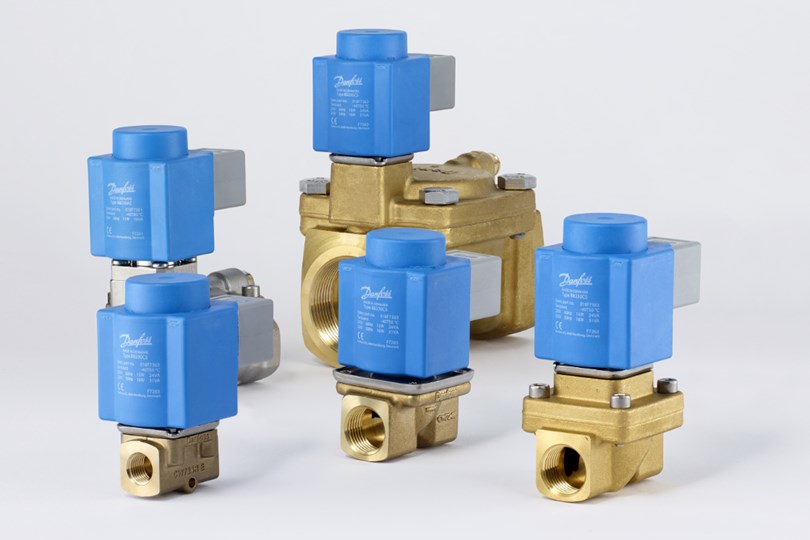A solenoid valve, otherwise called an electrically-operated valve is an computerized valve which serves the goal of removing the need for an engineer to operate a valve manually. Solenoids operate using an electromagnetic solenoid coil to improve the state of a valve from open to closed, or vice-versa. When the solenoid valve is ‘normally closed’, when the coil is energized, the valve gets lifted open by the electromagnetic force made by the coil. Burkert solenoid valve
How to select the correct Solenoid Valve Manufacturers for the application
For correct and accurate control functioning, solenoid control valves must be configured and selected according with their special purpose.
In what applications would you use a Solenoid Valve or an electrically operated valve?
Any application where a clean (non-viscous) process media, such as very clean liquids/gases/light oils have to be controlled. Simple on/off valves are definitely the most popular as many process lines only need flow or no flow. Solenoid valves can be utilized in factories/plants where compressed air is unavailable. They can even be used in place of larger valves such as electrically actuated ball valves, but without taking on anywhere near just as much space. Operation is also much quicker than other valve technologies. Other solenoid operated valves use a far more advanced technology meaning they can be used to proportionally control flow or pressure depending on a varying input signal. That’s where another component further downstream requires a specific pressure or flow to maintain the correct working conditions. Most popular input signal used will be a 4-20mA loop signal which most factories will have at their disposal usually manipulated with a PLC or similar system. How about options for solenoid valve sealing?
Selecting the correct Solenoid valve seal and materials
Solenoid valve sealing There can be an considerable variety of options for valve sealing and separating membranes. Decision criterion includes the combo of chemical compound, temperature, pressure and cost.
What is the difference between Direct-acting solenoid valves and In-direct acting solenoid valves?
These valves are incredibly robust and can be utilized in a procedure line for simple isolation purposes of for safety purposes. The can even be applied to the outlet to a tank where sometimes pressure can get suprisingly low however the valve should remain open.
In-direct acting valves need a pressure differential throughout the inlet and outlet so they can stay in their rest state. One example is when a valve was normally open and there is not a huge enough pressure differential, the valve could be intermittent and perhaps close if inlet pressure dropped too low.
